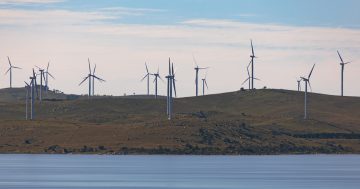 Geoscience Australia (GA) marked World Tsunami Awareness Day (5 November) by releasing the 2018 update of its assessment of the tsunami hazard for Australia and its offshore territories.
Geoscience Australia (GA) marked World Tsunami Awareness Day (5 November) by releasing the 2018 update of its assessment of the tsunami hazard for Australia and its offshore territories.
The release of the Probabilistic Tsunami Hazard Assessment (PTHA) includes data for more than half a million earthquake-tsunami scenarios in Australia.
Hazard Modeller at GA, Gareth Davies, who led the project, said the latest assessment reflected improvements in science and technology, and included insights gained from tsunamis that had occurred since the last update in 2008.
“The 2018 update reflects advances in our understanding of how frequently large earthquakes that can cause tsunamis occur and the uncertainties in these frequencies,” Dr Davies said.
“Additionally, it has data for more locations around Australia. This will make it easier for modellers like me to conduct local tsunami studies, including for major Australian offshore islands and territories.”
He said the new methodologies in the 2018 update had been tested using 10 years of deep ocean tsunami observational data from the Pacific Ocean to confirm they gave a realistic depiction of tsunami behaviour.
“This data will allow us to more accurately estimate the predicted tsunami hazard for specific locations,” Dr Davies said.
“It was not included in earlier updates, as most of the tsunamis in the test-set occurred after 2008.”
He said although most people did not think of Australia as being vulnerable to tsunamis, there had been more than 50 recorded incidents affecting the Australian coastline since European settlement.
He said most of them resulted in dangerous rips and currents rather than land inundation.
GA’s 182-page Probabilistic Tsunami Hazard Assessment can be downloaded from the GA website at this PS News link.










